#chevrolet impala super sport
Explore tagged Tumblr posts
Text


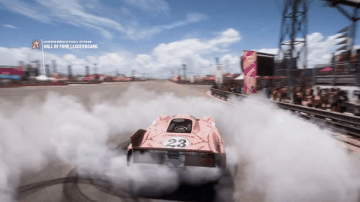


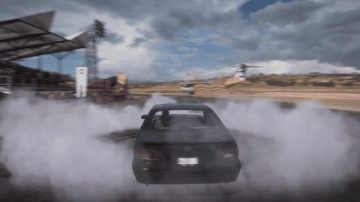

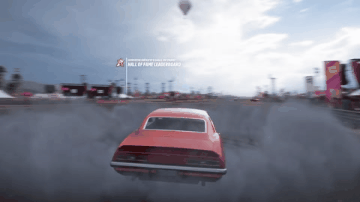
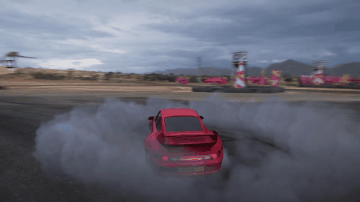
#forza horizon 5#formula drift toyota supra mkiv#porsche 23 917/20#lexus sc300#ferrari dino 246 gt#chevrolet impala super sport#chevrolet bel air#chevrolet camaro super sport coupe#porsche 911 gt2#forza#forzaedit#forza horizon#caredit#gamingedit#gameedit#videogameedit#gif#gifs
2 notes
·
View notes
Text

Chevrolet Impala SS
262 notes
·
View notes
Text
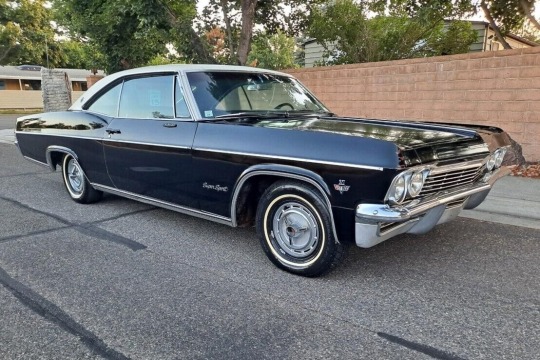
1965 Chevrolet Impala Super Sport
249 notes
·
View notes
Text


13 notes
·
View notes
Video
youtube
Cheech & Chong. Low Rider - War.
1964 Chevrolet Impala Super Sport
3 notes
·
View notes
Text

#chevy#widebody#lt1#ss#impala#impalass#1996#1996impala#bubble#chevrolet#chevyimpala#chevrolet impala#super sport
0 notes
Text

1964 Ford Galaxie 500 vs. 1964 Chevrolet Impala SS
The 1964 Ford Galaxie 500 and Chevrolet Impala SS are two iconic American cars that have captured the hearts of enthusiasts for decades. Let's delve into the depth of each:
1964 Ford Galaxie 500
The Galaxie 500 was known for its bold, angular styling. It was a full-sized car, offering ample space and comfort. The 500 trim level added a touch of luxury with distinctive exterior and interior features.
While not as explicitly performance-oriented as the Impala SS, the Galaxie 500 could be equipped with powerful V8 engines, including the 390 cubic inch option. It offered a strong blend of performance and comfort.
Known for its smooth ride, the Galaxie 500 provided a comfortable cruising experience. However, handling was typical of the era, with a focus on straight-line stability rather than cornering agility.
1964 Chevrolet Impala SS
The Impala SS, especially in its Super Sport trim, exuded a sportier image compared to the Galaxie 500. It featured distinct styling cues like the SS badging and performance-oriented options.
The Impala SS was synonymous with performance. It was often equipped with powerful V8 engines, including the legendary 409 cubic inch option. This, combined with a stiffer suspension, made it a formidable contender on the drag strip.
While still comfortable, the Impala SS offered a slightly firmer ride than the Galaxie 500 due to its performance-oriented nature. It also exhibited better handling characteristics, making it more enjoyable on winding roads.
The Galaxie 500 had a more formal, luxury-oriented appearance, while the Impala SS sported a sportier and more aggressive look.
* **Performance:** The Impala SS was generally considered the more performance-focused of the two, with larger engine options and a stiffer suspension.
* **Ride and Handling:** The Galaxie 500 leaned towards a softer, more comfortable ride, while the Impala SS offered a firmer ride with improved handling.
#Ford Galaxie 500#ford galaxie#ford#Chevrolet Impala SS#chevrolet impala#chevrolet#car#cars#muscle car#american muscle
125 notes
·
View notes
Text
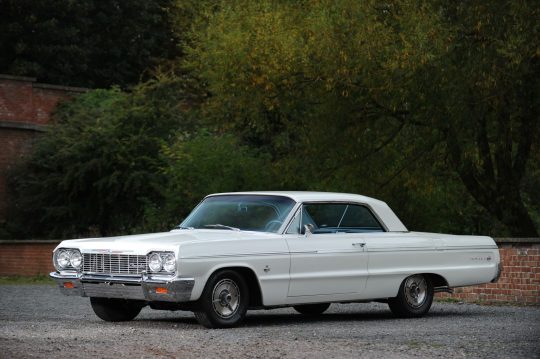
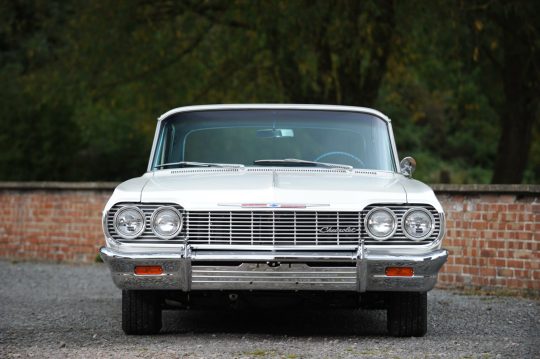


Chevrolet Impala Super Coupé Sport 1964. - source Amazing Classic Cars.
205 notes
·
View notes
Text
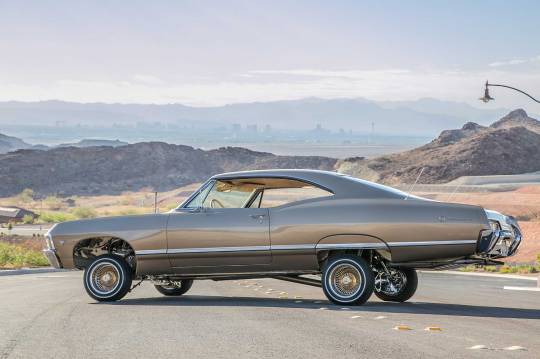
1967 Chevrolet Impala Super Sport 427
16 notes
·
View notes
Text

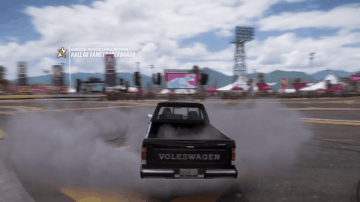



#forza horizon 5#infiniti q60 concept#volkswagen pickup lx#chevrolet impala super sport 409#ford mustang boss 302#lamborghini espada 400 gt#forza#forzaedit#forza horizon#caredit#gamingedit#gameedit#videogameedit#gif#gifs
3 notes
·
View notes
Text


Impala SS
48 notes
·
View notes
Text

1966 Chevrolet Impala Super Sport
238 notes
·
View notes
Text
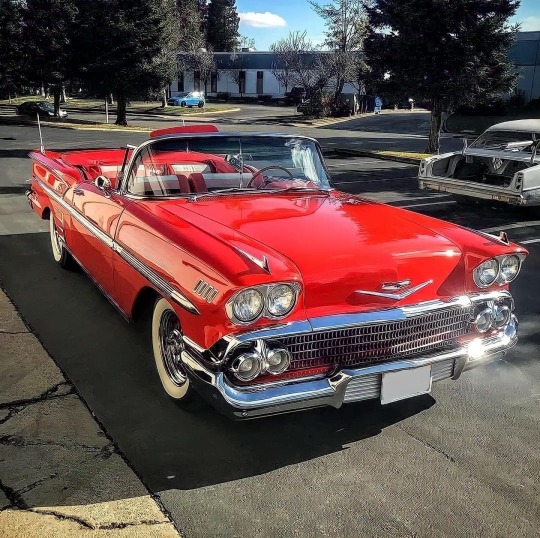
1958 chevrolet bel air impala convertible
History, The Impala name was first used for the full-sized 1956 General Motors Motorama show car that bore Corvette-like design cues, especially the grille. It was named Impala after the graceful African antelope, and this animal became the car's logo. Painted emerald green metallic, with a white interior, the Impala concept car featured hardtop styling. Clare MacKichan's design team, along with designers from Pontiac, started to establish basic packaging and dimensions for their shared 1958 General Motors "A" body in June. The first styling sketch that would directly influence the finished Chevrolet automobile was seen by General Motors Styling vice president Harley Earlin October. Seven months later, the basic design was developed.
For its debut in 1958, the Impala was distinguished from other models by its symmetrical triple taillights. The Chevrolet Caprice was introduced as a top-line Impala Sport Sedan for model year 1965, later becoming a separate series positioned above the Impala in 1966, which, in turn, remained above the Chevrolet Bel Air and the Chevrolet Biscayne. The Impala continued as Chevrolet's most popular full-size model through the mid-1980s. Between 1994 and 1996, the Impala was revised as a 5.7-liter V8–powered version of the Chevrolet Caprice Classicsedan.
First generation (1958)
1For 1958, GM was promoting their fiftieth year of production, and introduced anniversary models for each brand; Cadillac, Buick, Oldsmobile, Pontiac, and Chevrolet. The 1958 models shared a common appearance on the top models for each brand; Cadillac Eldorado Seville, Buick Roadmaster Riviera, Oldsmobile Super 88 Holiday, Pontiac Bonneville Catalina, and the #Chevrolet Bel-Air #Impala.
The Impala was introduced for the 1958 model year as top of the line Bel Air hardtops and convertibles. From the windshield pillar rearward, the 1958 Bel Air Impala differed structurally from the lower-priced Chevrolet models. Hardtops had a slightly shorter greenhouse and longer rear deck. The wheelbase of the Impala was longer than the lower priced models, although the overall length was identical. Interiors held a two-spoke steering wheel and color-keyed door panels with brushed aluminum trim. No other series included a convertible.
The 1958 Chevrolet models were longer, lower, and wider than its predecessors.The 1958 model year was the first with dual headlamps. The tailfins of the 1957 were replaced by deeply sculptured rear fenders. Impalas had three taillights each side, while lesser models had two and wagons just one. The Impalas included crossed-flag insignias above the side moldings, as well as bright rocker moldings and dummy rear-fender scoops.
The standard perimeter-type frame was abandoned, replaced by a unit with rails laid out in the form of an elongated "X." Chevrolet claimed that the new frame offered increased torsional rigidity and allowed for a lower placement of the passenger compartment. This was a transitional step between traditional construction and the later fully unitized body/chassis, the body structure was strengthened in the rocker panels and firewall.However, this frame was not as effective in protecting the interior structure in a side impact crash, as a traditional perimeter frame.
A coil spring suspension replaced the previous year's rear leaf springs, and an air ride system was optional. A 283 cu in (4,640 cc) engine was the standard V8, with ratings that ranged from 185 to 290 horsepower. A "W" block (not to be confused with the big-block) 348 cu in (5,700 cc) Turbo-Thrust V8 was optional, producing 250 hp (190 kW), 280 hp (210 kW), or 315 hp (235 kW). The Ramjet fuel injection was available as an option for the Turbo-Fire 283 V8, not popular in 1958.
A total of 55,989 Impala convertibles and 125,480 coupes were built representing 15 percent of Chevrolet production. The 1958 Chevrolet Bel Air Impala helped Chevrolet regain the number one production spot in this recession year.
4 notes
·
View notes
Photo



1965 Chevrolet Impala Super Sport, red; my dream car when I was 14.
30 notes
·
View notes

